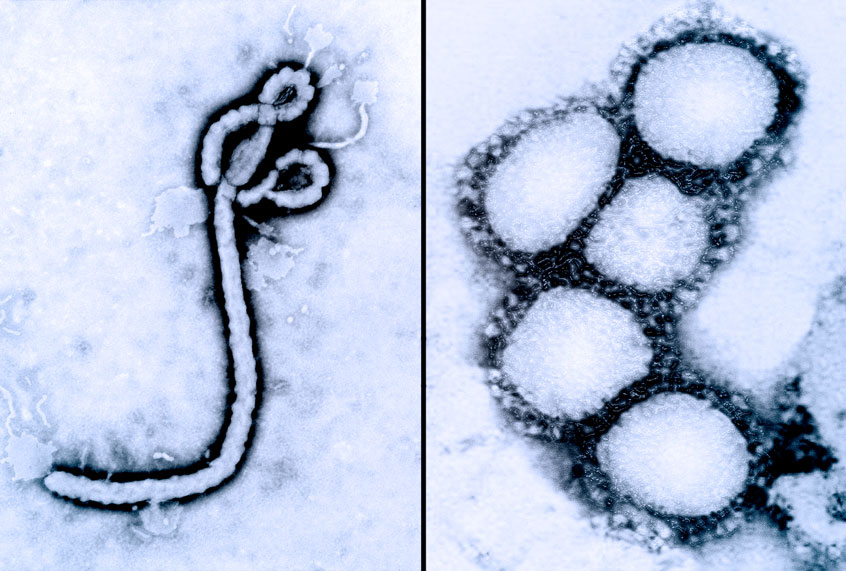Scientists around the world are racing to understand COVID-19, the novel coronavirus that has infected more than 82,000 people worldwide and killed 2,817 people as of Thursday. While there are many known viruses in the same class of coronavirus as COVID-19, some of its peculiarities — including its infectivity — are perplexing researchers. Now, a recent research paper viewable on the Chinese research site Chinaxiv.org and previously reported on by the South China Morning Post notes that the new coronavirus has an “HIV-like mutation” that gives it novel properties.
“Because of this mutation, the packing mechanism of the 2019-nCoV may be changed to being more similar to those of MHV, HIV, Ebola virus (EBoV) and some avian influenza viruses,” the English abstract of the paper states.
Though the paper is yet to be peer-reviewed, the scientists involved hail from Nankai Unviersity in Tianjin, one of the top universities in the world’s most populous nation.
The paper adds to the crucial body of research around COVID-19, which still includes more unknowns than knowns. Currently, scientists still do not know COVID-19’s origin, though suspect it is zoonotic, meaning it likely started in an animal before spreading to humans. As the U.S. Centers for Disease Control and Prevention (CDC) note on their website, COVID-19 is an “emerging disease,” and much of what we do know is “based on what is known about similar coronaviruses.” More recently, news surfaced today that there are new cases in Germany and California in which the patient had no known risk factors.
The Nankai University researchers suggest that COVID-19’s ability to bind to cells is as much as 1,000 times greater than SARS’ ability. Like COVID-19, SARS is also a coronavirus. As explained by the South China Morning Post, SARS and the novel coronavirus share about 80 percent of their genetic structure. However, COVID-19 attacks a protein called furin — the same protein that is attacked by Ebola and HIV, which are not coronaviruses. A 2014 research paper suggested that the key to finding a cure for Ebola lay in understanding the protein furin.
According to the World Health Organization, SARS is more deadly than COVID-19, but the novel coronavirus is more infectious.
This echoes a separate finding from researchers at the University of Washington (UW) School of Medicine who analyzed the virus’s spike architecture.
“The spike is the business part as far as viral entry is concerned,” David Veesler, senior author of the report and assistant professor of biochemistry at the UW School of Medicine, said in a media statement. “It is in charge not only of attachment at the host cell surface, but also of fusing the viral and host cell membranes to allow the infection to start. The spike is also the main target of neutralizing antibodies, so it’s very important for vaccine and therapeutic design.”
In their analysis, the researchers found “a furin cleavage site at a boundary between two subunits of the spike protein in the newly emerged coronavirus,” according to the media release.
Considering what we do know about the novel coronavirus’ genetic makeup, researchers are repurposing drugs used to treat other viral infections in various clinical trials to treat COVID-19.
“The general genomic layout and the general replication kinetics and the biology of the MERS, SARS and [SARS-CoV-2] viruses are very similar, so testing drugs which target relatively generic parts of these coronaviruses is a logical step,” Vincent Munster, chief of the Viral Ecology Unit at the U.S. National Institute of Health, told Nature.
Americans are bracing for a potential outbreak or even pandemic. In the United States, the CDC said it wasn’t a matter of if there will be a disruptive outbreak, but when. Markets in the United States dropped precipitously this week over fears of global economic disruption stemming from COVID-19.
Despite the widespread fear over COVID-19, the seasonal flu remains a greater public health threat in the United States.


